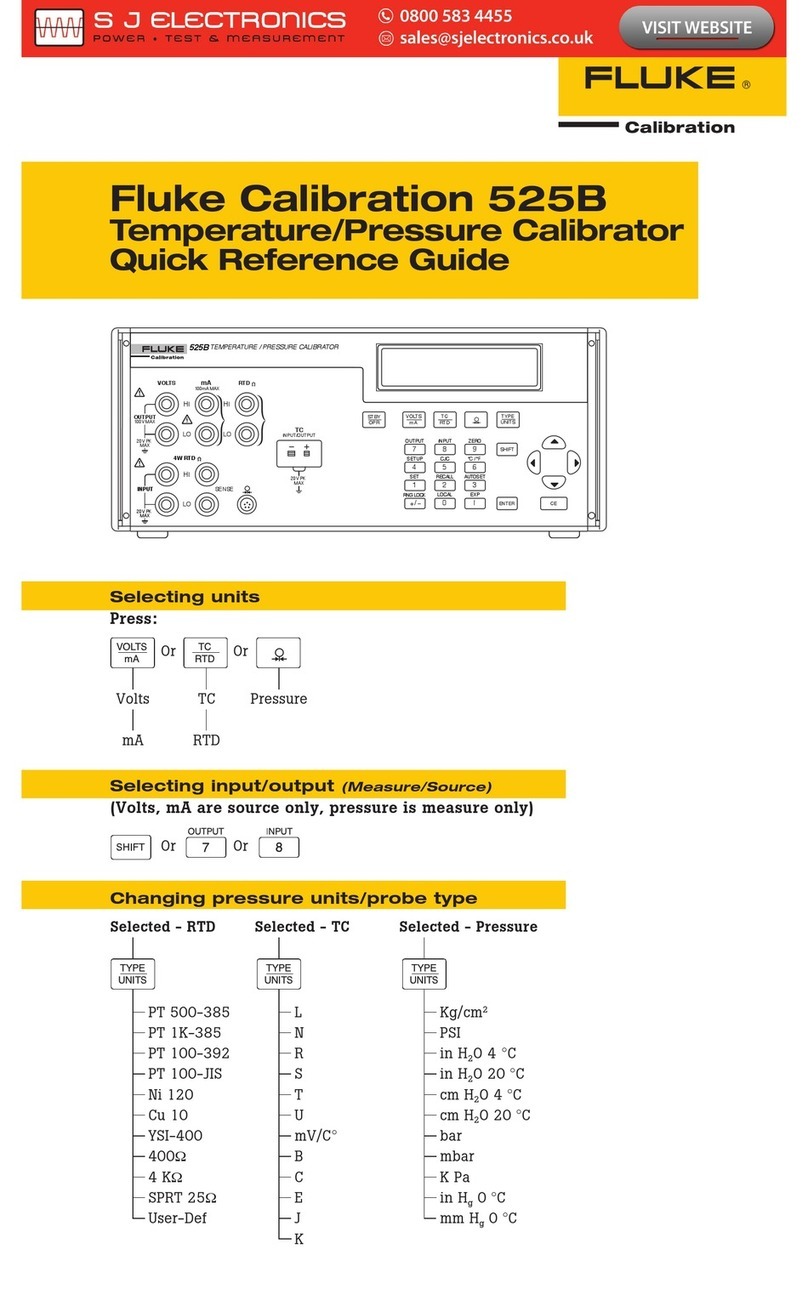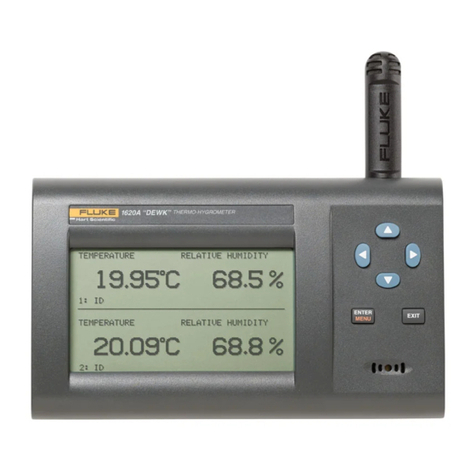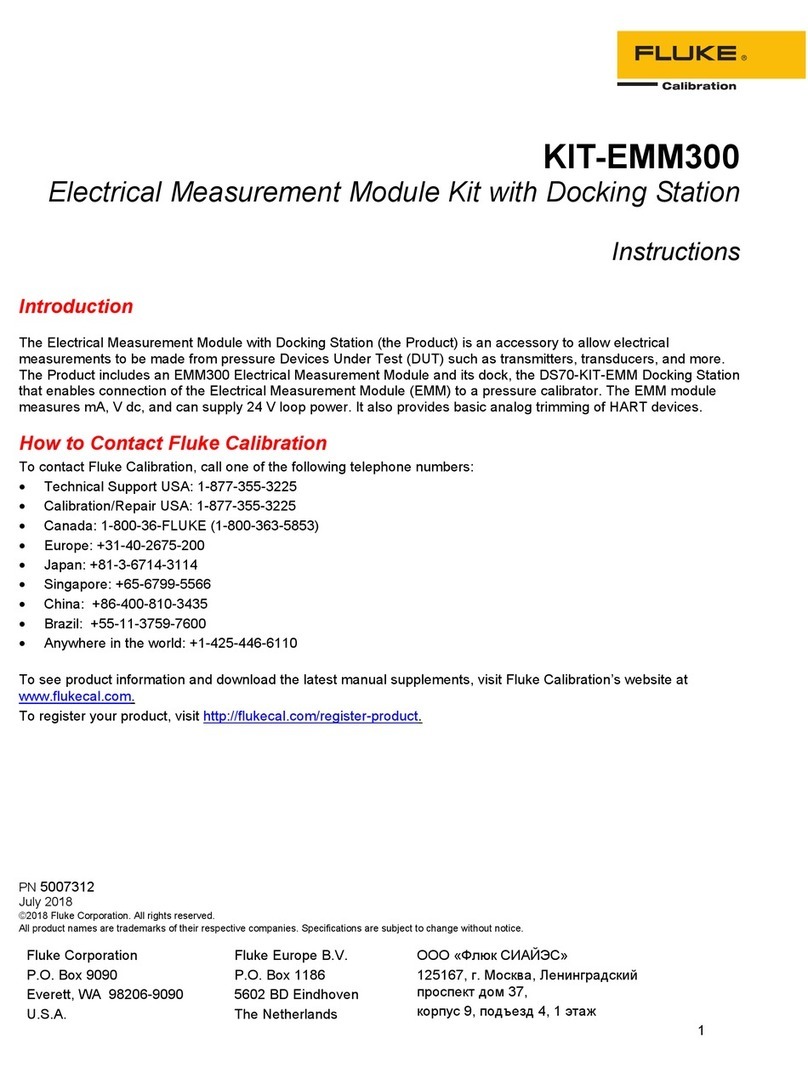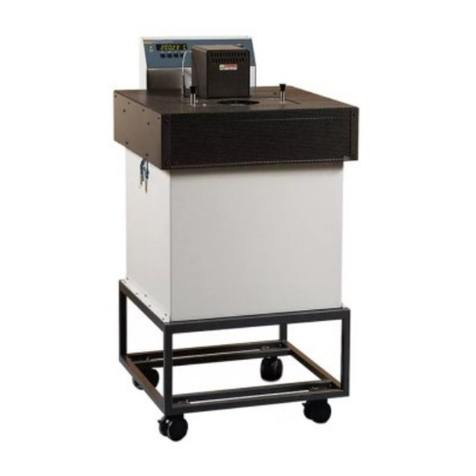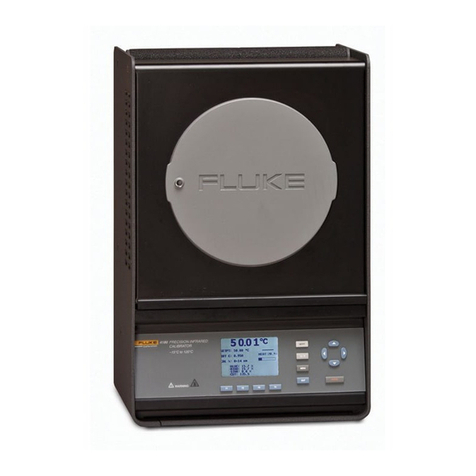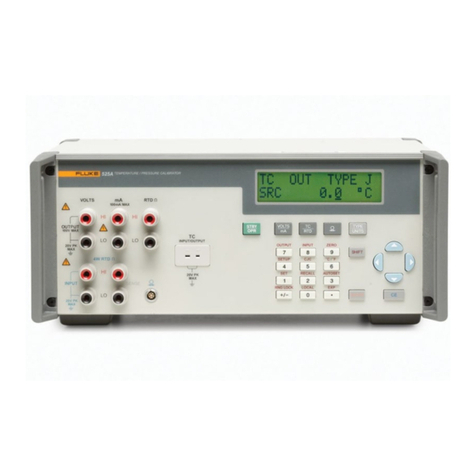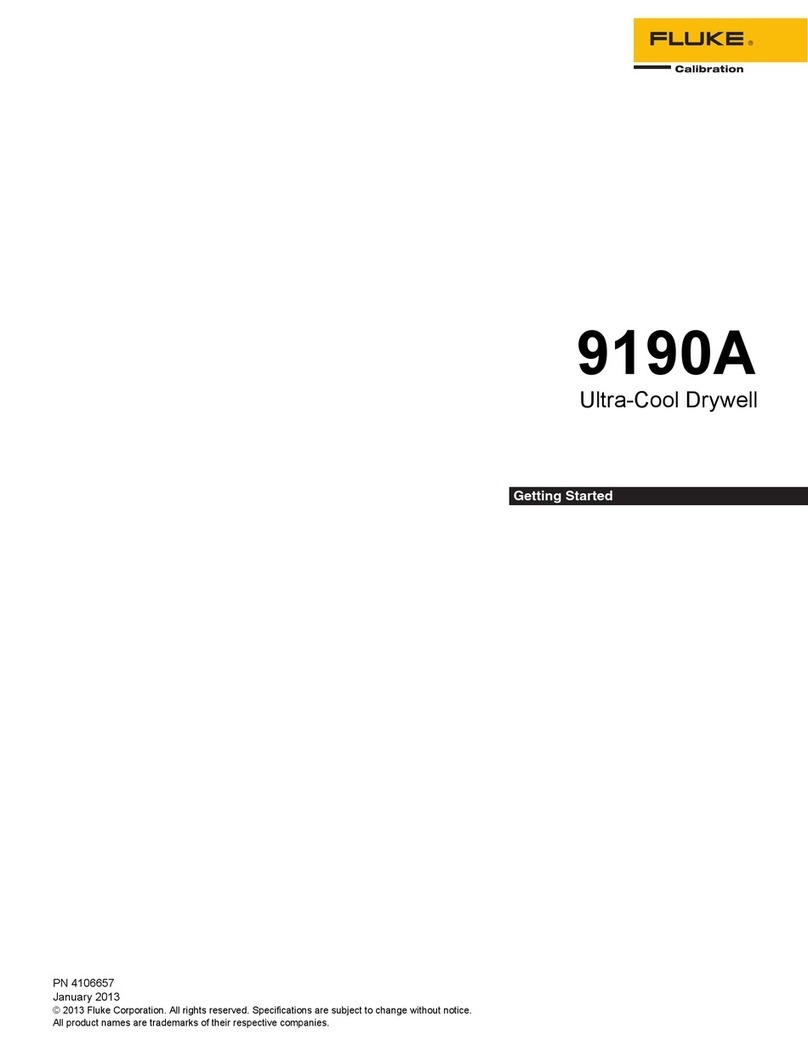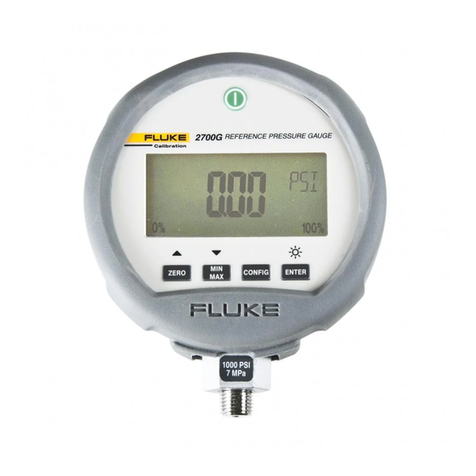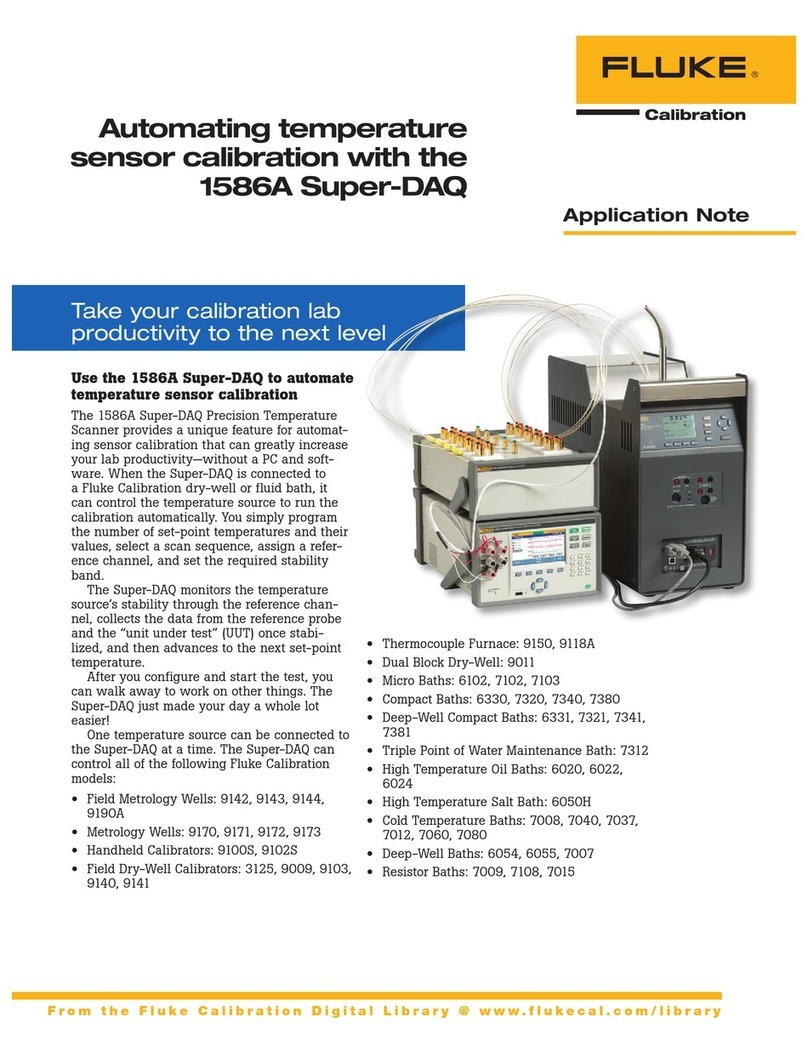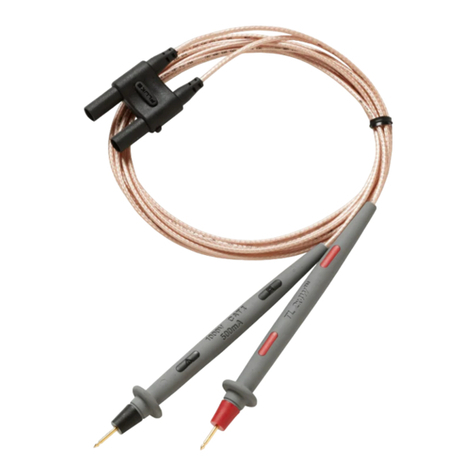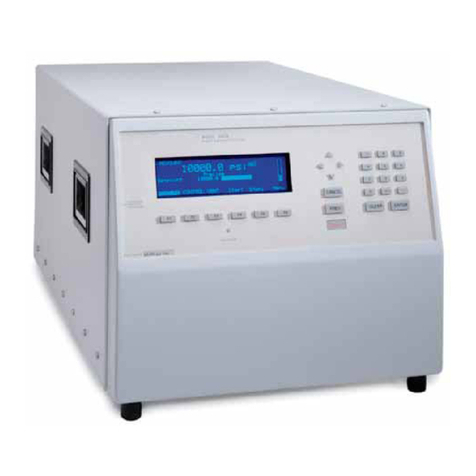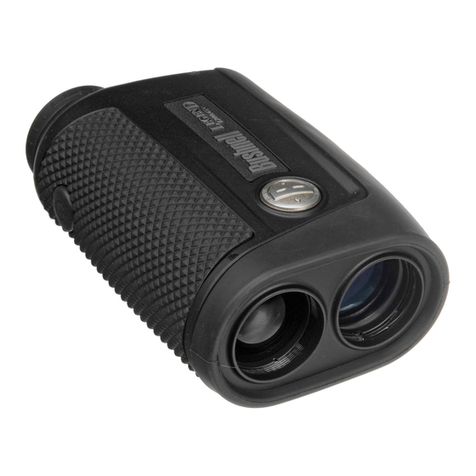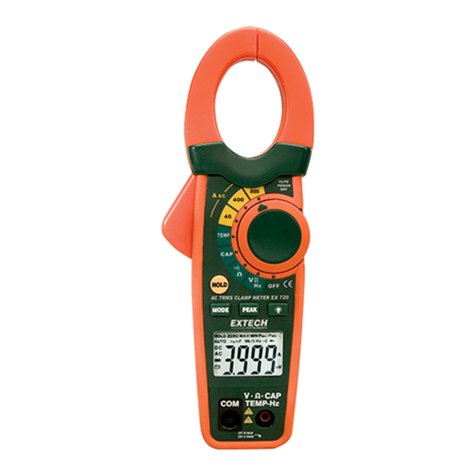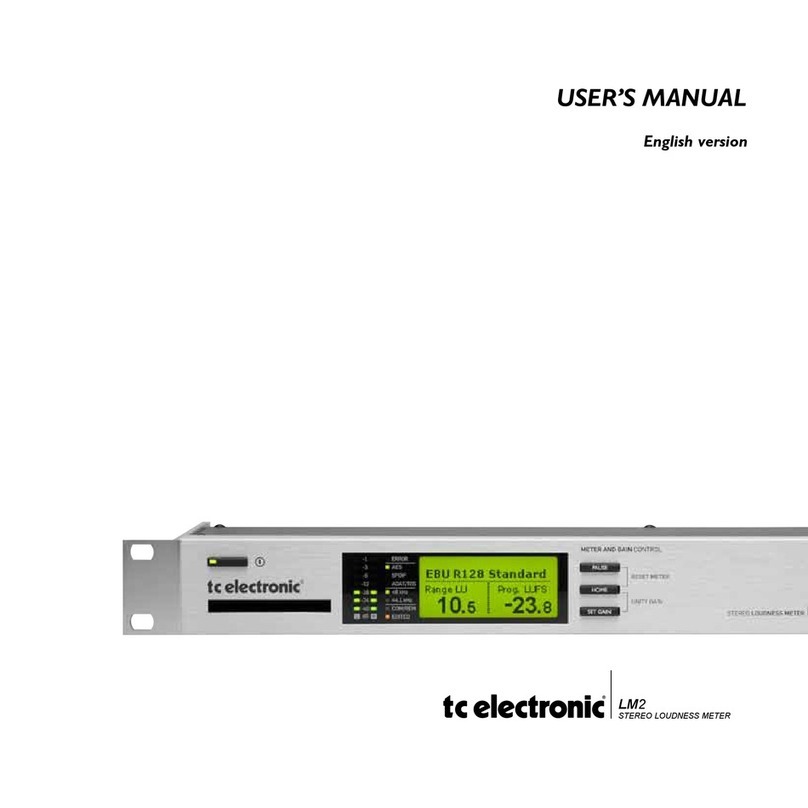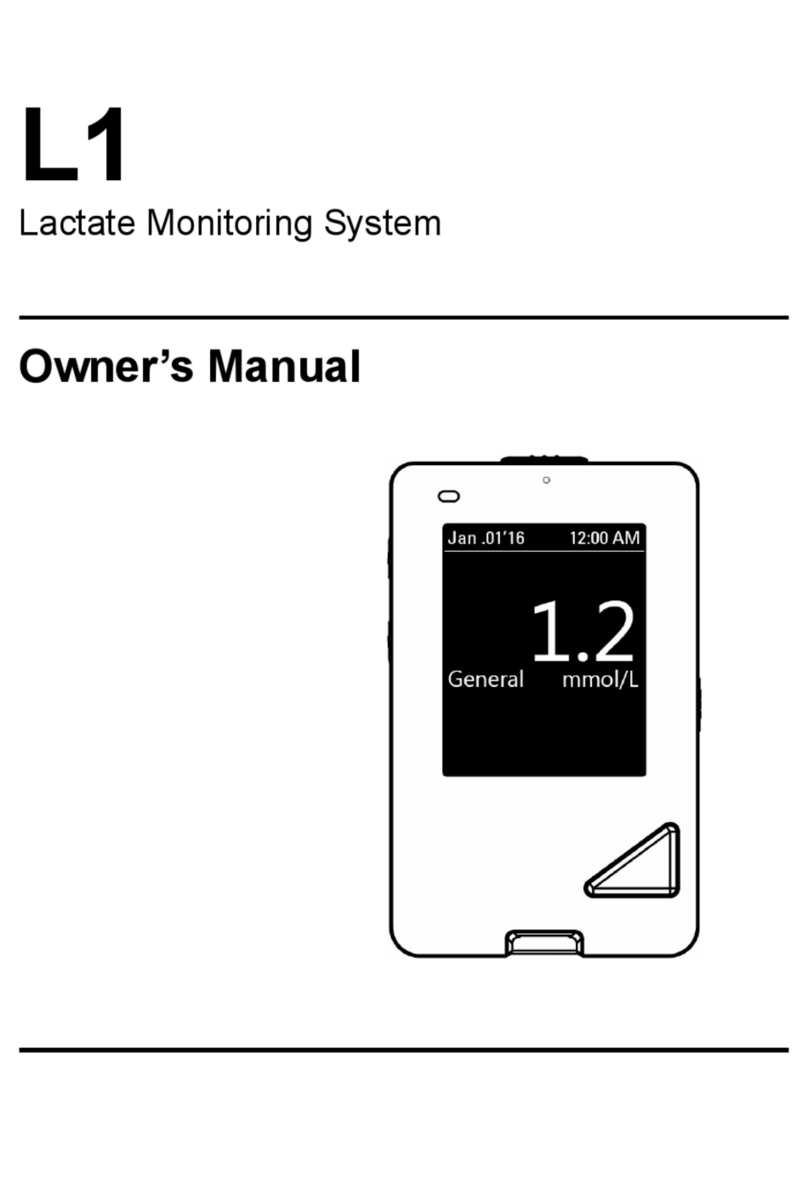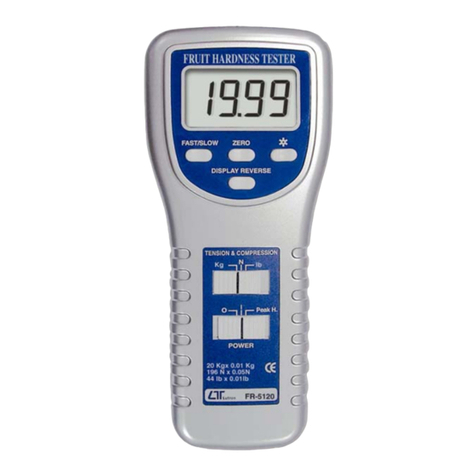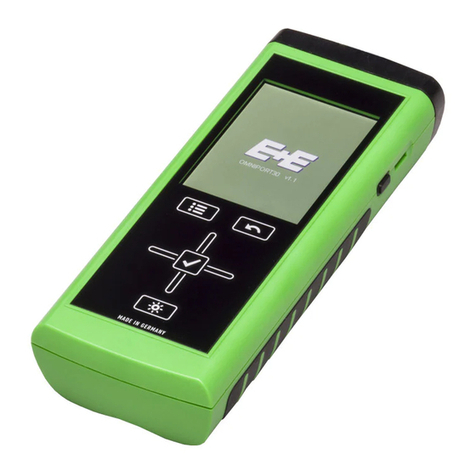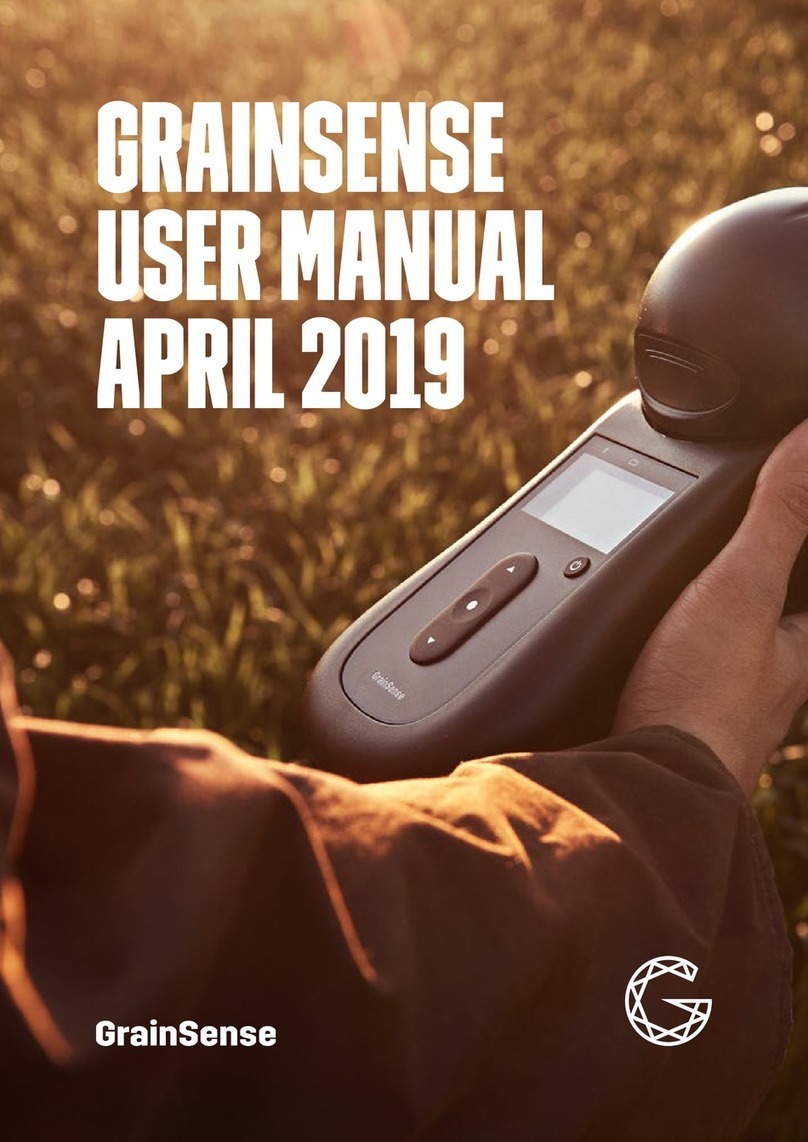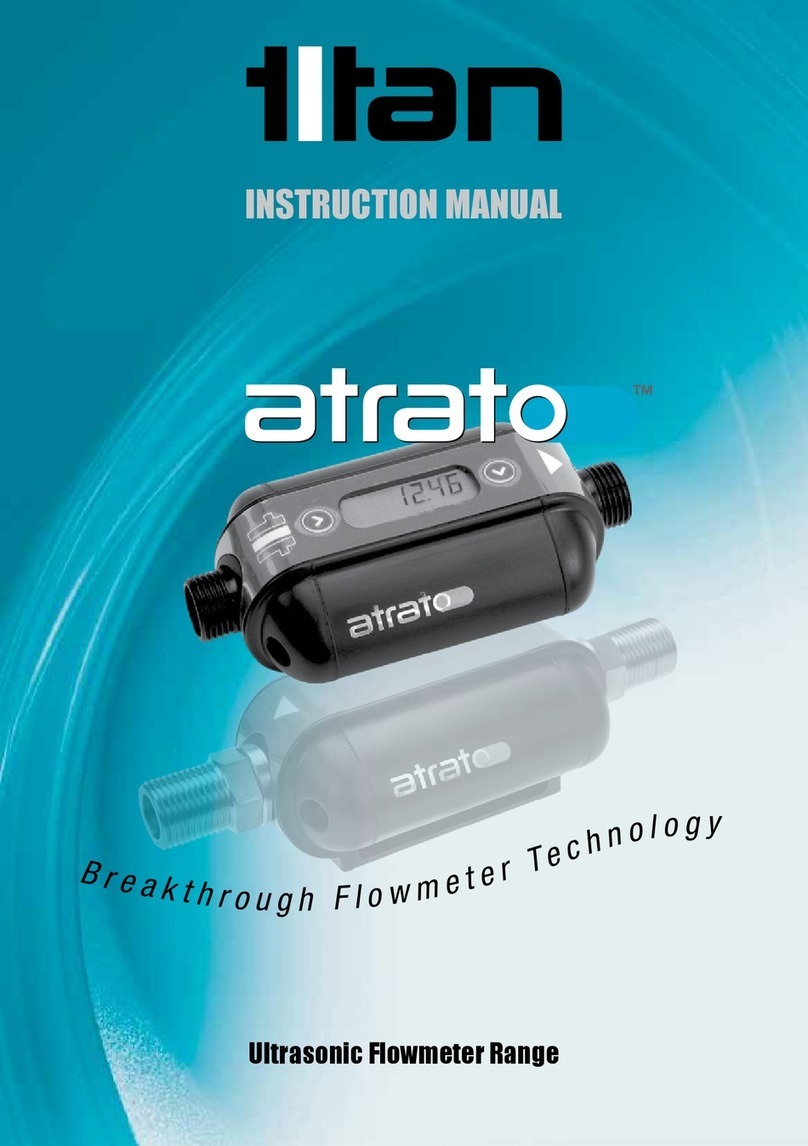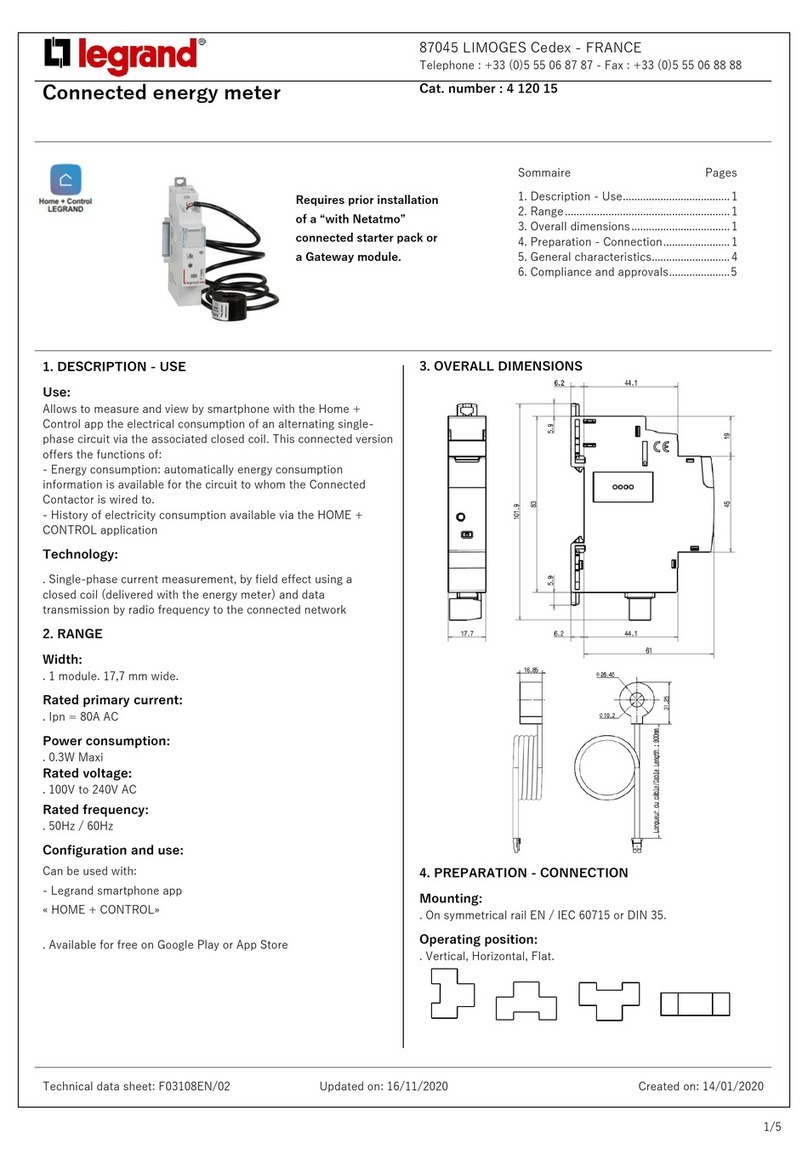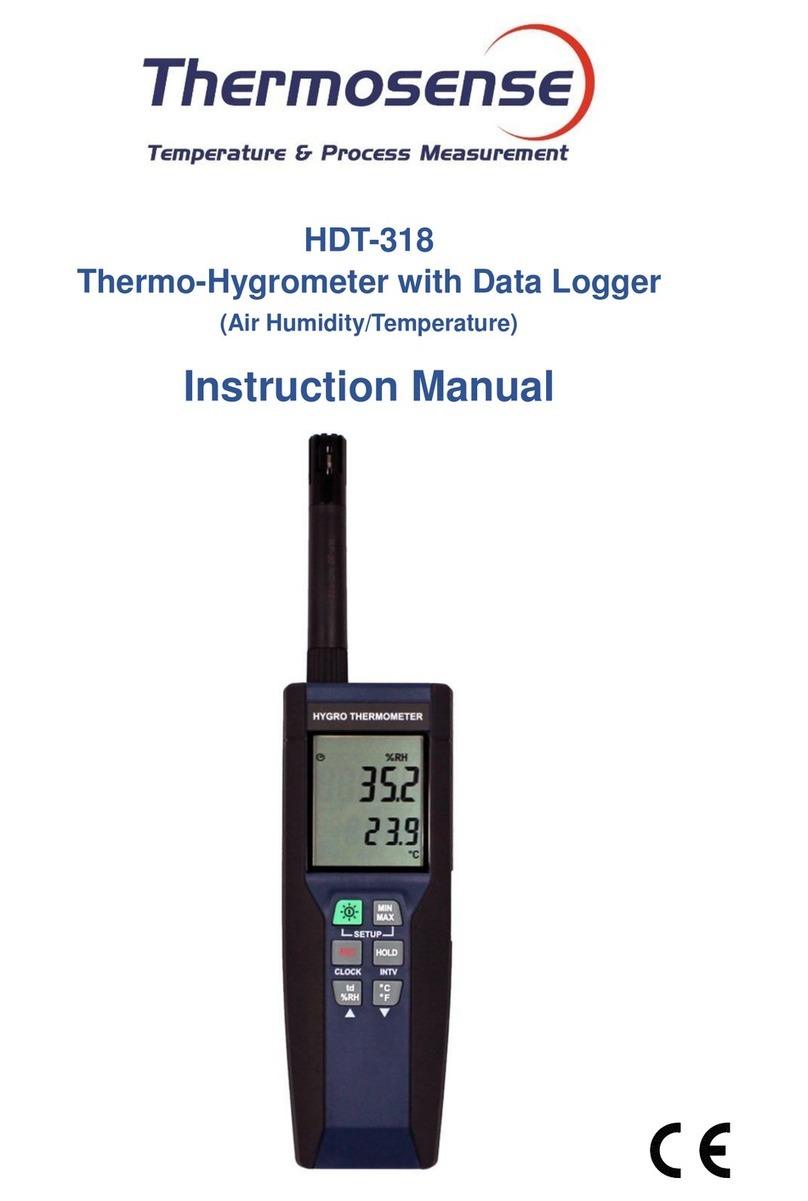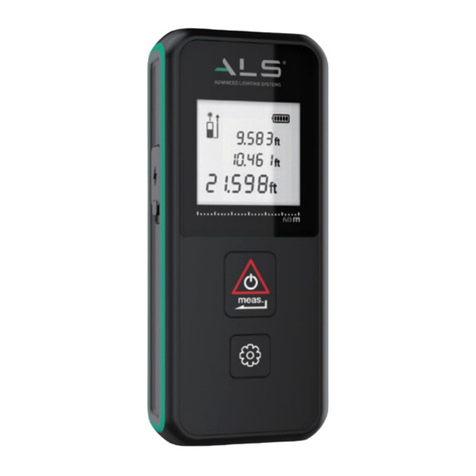
7103
User’s Guide
ii
Water (Distilled) ............................................................................... 15
Mineral Oil........................................................................................ 15
Silicone Oil (Dow Corning 200.05, 200.10, 200.20)......................... 15
Fluid Characteristics Charts.................................................................. 16
Limitations and Disclaimer ............................................................... 17
About the Graph............................................................................... 18
Stirring ....................................................................................................... 18
Fluid Drain ................................................................................................. 19
Temperature Controller ............................................................................. 19
Controller Operation .................................................................................. 19
Well Temperature...................................................................................... 20
Temperature Set-point .............................................................................. 20
Programmable Set-points..................................................................... 20
Set-point Value ..................................................................................... 22
Temperature Scale Units...................................................................... 22
Scan .......................................................................................................... 22
Scan Control......................................................................................... 22
Scan Rate............................................................................................. 22
Temperature Display Hold......................................................................... 23
Mode Setting ........................................................................................ 23
Switch Wiring........................................................................................ 23
Switch Test Example ............................................................................ 24
Secondary Menu ....................................................................................... 24
Thermal Electric Device (TED) Control ..................................................... 24
Proportional Band...................................................................................... 25
Controller Configuration ............................................................................ 26
Operating Parameters .......................................................................... 26
High Limit ......................................................................................... 26
Stir Speed ........................................................................................ 26
Serial Interface Parameters.................................................................. 27
BAUD Rate ...................................................................................... 27
Sample Period ................................................................................. 27
Duplex Mode.................................................................................... 28
Linefeed ........................................................................................... 28
Calibration Parameters......................................................................... 28
HARD Cut-out .................................................................................. 29
R0 .................................................................................................... 29
ALPHA ............................................................................................. 29
DELTA ............................................................................................. 29
BETA................................................................................................ 29
Digital Communication Interface ............................................................... 29
Serial Communications ............................................................................. 30
Wiring ................................................................................................... 30
Setup .................................................................................................... 30
Serial Operation.................................................................................... 30
Interface Commands ................................................................................. 30
Calibrate a Single Probe ........................................................................... 32
Calibration ................................................................................................. 33
Calibration Points ...................................................................................... 33
Calibration Procedure................................................................................ 34




















